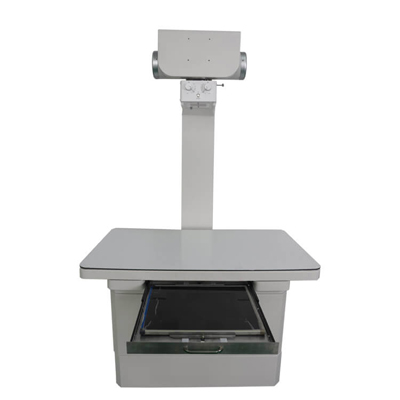Is a Veterinary X-Ray Machine a Medical Device?When it comes to providing proper healthcare for our beloved pets, the advancements in technology have revolutionized the veterinary world. One such innovation is the veterinary X-ray machine. But is a veterinary X-ray machine considered a medical device? Let’s delve into this question and explore the significance of these devices in the veterinary field.
To begin with, we need to understand what a medical device is. Generally, medical devices are equipment, instruments, implants, or apparatus that are intended for use in the diagnosis, treatment, or prevention of diseases or medical conditions. They are designed to aid healthcare professionals in providing accurate and effective medical care.
Now, let’s apply this definition to veterinary X-ray machines. Veterinary Diagnostic X-Ray Machines employ X-ray technology to capture images of animals’ internal structures such as bones, organs, and soft tissues. They are invaluable tools in diagnosing various medical conditions in animals, ranging from fractures and tumors to respiratory and gastrointestinal issues. By utilizing X-ray machines, veterinarians can accurately diagnose illnesses, plan appropriate treatment strategies, and monitor the progress of ongoing treatments.
Considering the capabilities of a veterinary X-ray machine and its purpose in aiding the diagnosis and treatment of medical conditions in animals, it is safe to conclude that these machines indeed fall under the category of medical devices. Just as human X-ray machines are essential tools in medical practices, veterinary X-ray machines play a vital role in veterinary healthcare.
Furthermore, it is crucial to emphasize the importance of veterinary X-ray machines in veterinary practices. These devices offer veterinarians a non-invasive method to visualize internal structures, making it easier to identify underlying issues that may not be apparent during a physical examination alone. By obtaining X-ray images, veterinarians can make accurate diagnoses, thus minimizing the need for exploratory surgeries or invasive procedures.
The advancements in veterinary X-ray machine technology have also resulted in significant improvements in image quality and safety. Veterinarians can now obtain more detailed and precise X-ray images, allowing for better analysis and interpretation. Additionally, modern veterinary X-ray machines utilize lower radiation levels, ensuring the safety of both the animals and the veterinary staff involved in the imaging process.
Moreover, veterinary X-ray machines have become increasingly portable and user-friendly. This enables veterinarians to take their services directly to the animals, whether at a farm, stable, or a client’s home. Portable X-ray machines are particularly beneficial for large animals such as horses, cows, or exotic animals that may not easily fit into traditional clinic settings. The ability to perform X-rays on-site reduces stress for both the animals and their owners and provides immediate results, leading to timely diagnoses and treatment plans.
In conclusion, veterinary X-ray machines are indeed medical devices. These machines play a crucial role in the accurate diagnosis and treatment of animals, just as human X-ray machines do in human healthcare. With their advancements in image quality, safety, and portability, veterinary X-ray machines have become indispensable tools for veterinarians worldwide. Through the use of this technology, animals receive better and more efficient medical care, ensuring their health and well-being.
Post time: Nov-20-2023


